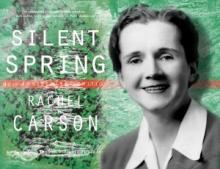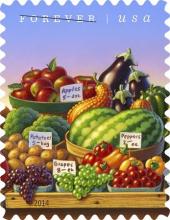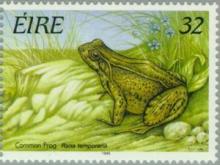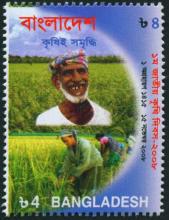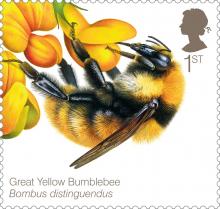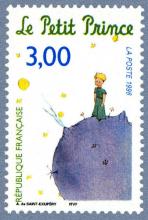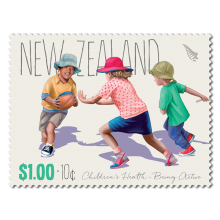Die Fortsetzung des stummen Frühlings
- Lees meer over Die Fortsetzung des stummen Frühlings
- Login om te reageren
Die Biologin Rachel Carson begann ihr berühmt gewordenes Buch einst mit einem Zukunftsmärchen. Sie schildert eine Stadt inmitten blühender Obstgärten. Entlang der Straßen entzücken Schneeballsträucher, hohe Farne und wilde Blumen das Auge. Die Vogelwelt ist artenreich, in den Bächen tummeln sich Fische. Doch dann rafft eine seltsame, schleichende Seuche Mensch und Tier dahin. Bäume und Blüten verkümmern. Die wenigen, noch übrig gebliebenen Vögel zittern und können nicht mehr singen. Es sei ein „stummer Frühling“, gewesen, schreibt sie in ihrem gleichnamigen, 1962 erschienenen Buch.

